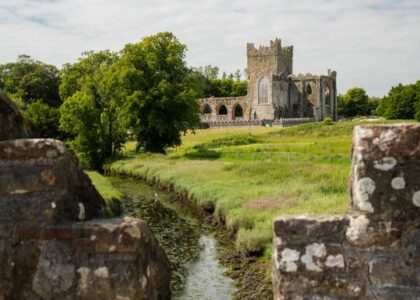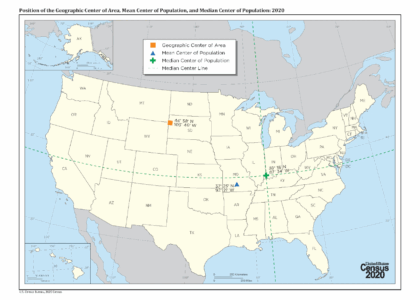As you approach the Parker River Bridge Milestone in Massachusetts, you’re not just crossing a bridge; you’re traversing a pathway steeped in history. This bridge marks a significant point in the history of Newbury and the surrounding areas, echoing tales from the colonial era and the growth of the New England region.
The Parker River Bridge, constructed in 1758, was part of the broader efforts to improve infrastructure in colonial America. Before the bridge, the Parker River was a significant obstacle for travelers and traders. The construction of this bridge was crucial for facilitating trade and communication between Newbury and neighboring towns, contributing to the area’s economic development.
Over the years, the bridge has witnessed the evolution of transportation from horse-drawn carriages to modern vehicles. Its strategic location made it a vital link on the Bay Road, which was the main route for travelers and goods moving between Boston and Portsmouth. This road was ordered by the General Court of Massachusetts in 1639 to connect the two cities, playing a pivotal role in the economic and social development of early Massachusetts.
Among those who traversed this bridge were notable figures such as merchants, politicians, and perhaps even Revolutionary War figures. The bridge itself stands as a silent witness to the many changes that have swept through the region over centuries, from colonial times through the industrial revolution and into the modern era.
Stories abound of the bridge’s role in the bustling trade that characterized the area, particularly during the 18th and 19th centuries. As you cross, imagine the clatter of horse hooves and the creaking of wooden wheels that once echoed across its span. Today, while the bridge has been modernized, it continues to serve as a reminder of Newbury’s rich historical tapestry.






